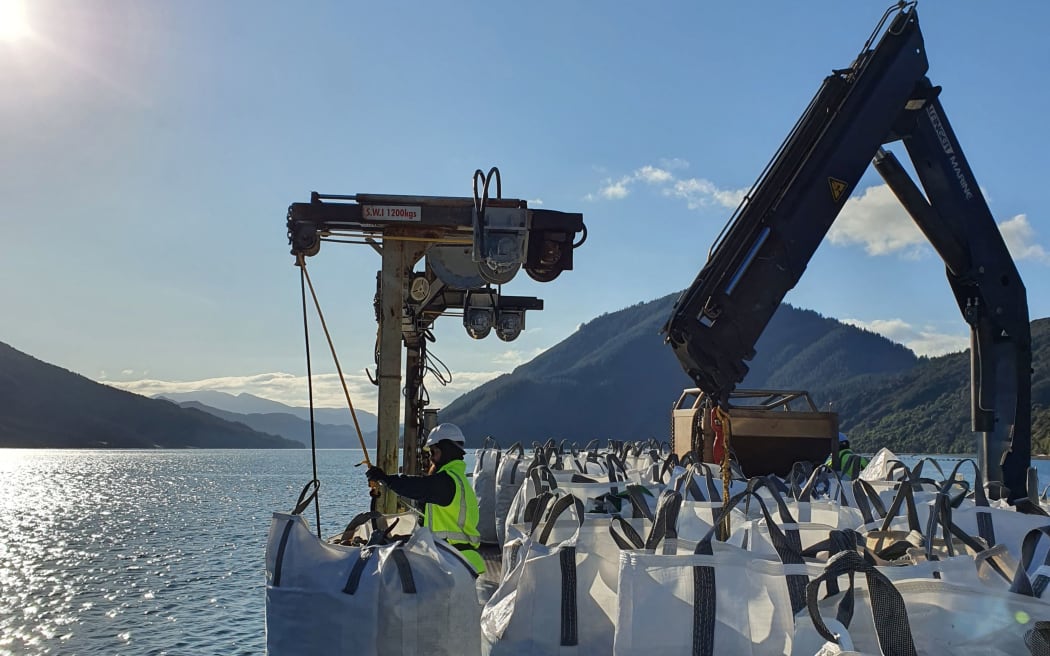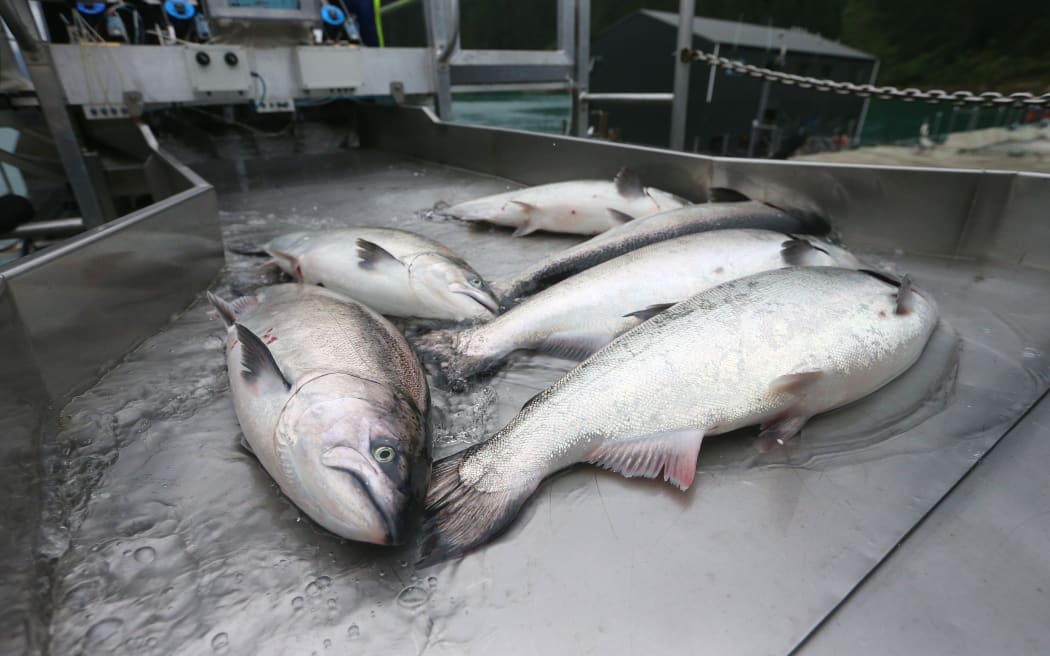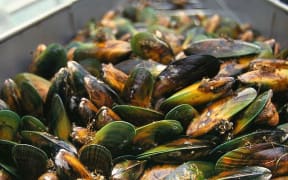Fishing company Sanford is ramping up investment in a bid to quintuple its underlying earnings by 2026.

Sanford hopes to increase its mussel catch which is just 2 percent of its earnings at present. Photo: MFA via LDR
It plans to invest up to $395 million of existing cash and debt to lift processing capacity, build new salmon farms, diversify its product mix and replace older vessels.
The company hopes to increase its underlying earnings from $23m in the previous financial year to between $85m and $105m in five years' time.
Chief executive Peter Reidie said the company was looking to the future, now that the worst effects of the pandemic were behind the business.
"When we last did our strategy it was pre-Covid and certainly our circumstances have changed given what Covid has done to ourselves, the fishing industry and worldwide fish markets.
"We've set our big plays in investing and growing our salmon business... our mussel business, and maintaining our deep water catching business to ensure that can fund where we want to grow."
Sanford's wildcatch business accounted for nearly two thirds of its operating profit last year, with salmon generating about 35 percent and mussels representing 2 percent of earnings.
It forecast its profit mix would become more diversified by 2026, with wildcatch, mussels and salmon accounting for 45 percent, 28 percent and 26 percent of total operating profit respectively.
Reidie said a tailwind for the company was the growing global population, which would increase demand for fish and New Zealand's management of fish resources.

As the global population increases, there will be more demand for fish, Sanford predicts. Photo: LDR/SUPPLIED
He said another area of focus was automating mundane tasks in its processing facilities to combat skills shortages.
"Given that it's challenging to get people today, and we're likely to need more people into the future, the opportunity is automation to actually allow us to relocate and reposition people."
The risks that may prevent Sanford from reaching its growth targets include the effects of rogue weather and climate change, fluctuations in global demand, rising freight and fuel costs and skills shortages, Reidie said.
Forsyth Barr analysts gave Sanford's strategic direction the thumbs up, particularly its focus on marine extracts and salmon.
However, they said the company's 2026 earnings targets appeared to be a stretch.
"Whilst we view moderate mussel and salmon price growth to be likely, we are more cautious on wildcatch prices which have historically been driven by catch mix [outside of Sanford's control]."
Forsyth Barr had pencilled in underlying earnings of $77m for the company in the 2026 financial year, citing a more conservative outlook for wildcatch pricing, the early stages of some of Sanford's projects, and unexpected delays/ cost increases.



